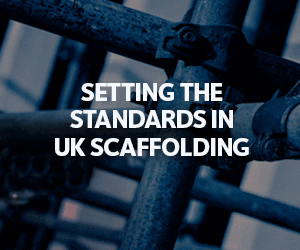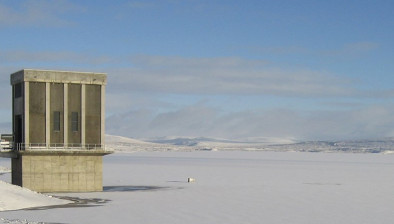Katherine Metcalfe: Scotland to act on Grenfell fire tragedy findings
Katherine Metcalfe
Scottish building and fire safety regulations are set to change significantly in light of the Grenfell Tower fire inquiry, writes Katherine Metcalfe.
The Scottish Government’s acceptance of all recommendations from the public inquiry into the Grenfell Tower fire signals further significant changes for Scotland’s construction sector, particularly in building and fire safety regulations.
The response to the Grenfell Tower Inquiry Phase 2 Report by the Scottish Government sets out key components to strengthen building and fire safety standards and improve compliance and enforcement.
One of the main focus areas is the need to ensure the professional competence of those responsible for the design and specification of buildings and in the delivery of safe buildings.
The role of the fire engineer was one of several professions highlighted in the report. The Scottish and UK governments will work together on the professionalisation of fire engineering including developing a more robust UK assurance regime for fire engineers and increasing the number of places on high-quality degree courses in fire engineering.
Several recommendations from the Grenfell Tower Inquiry Phase 2 report relate to the competency of fire risk assessors. The Scottish Government has proposed adopting a system of mandatory accreditation to certify the competence of fire risk assessors by setting standards for qualification and continuing professional development.
Currently in Scotland, and across the UK, there is no legal requirement for an assessor to hold any formal certification, accreditation or experience in fire risk assessment when assessing many types of premises. The Grenfell Tower inquiry is not the first time such a recommendation has been made in Scotland, and it is really encouraging that action will now be taken.
The proposal ties in with the plan to introduce a new mandatory requirement to conduct fire risk assessment in certain high- and medium-rise buildings. This new requirement is set to reduce the risk of fire while promoting the long-term integrity of the system for cladding remediation in Scotland.
The Scottish Government has also committed to working with the UK Government on the development of a UK national licensing scheme for principal contractors, which could be of equal value in Scotland. This addresses the concern underscored in the Grenfell Tower inquiry in relation to the ability of principal contractors to take all reasonable care to ensure the building is safe, as required by the building regulations.
In addition, the Scottish Government has asked the Scottish Law Commission to undertake a project on compulsory owners’ associations. The project involves exploring legal options for the establishment, formation and operation of compulsory owners’ associations and the rights and responsibilities to be imposed on them.
This stems from the Phase 1 report of the Grenfell Tower inquiry, which recommended that the owner and manager of every high-rise residential building be required by law to prepare personal emergency plans for residents whose ability to evacuate the building without assistance may be compromised, such as persons with reduced mobility or impaired cognition.
The Scottish Law Commission is expected to publish its recommendations next Spring for consideration by ministers. Following the Law Commission’s recommendations, the Scottish Government will consider whether compulsory owners’ associations may be a route to ensure that those who are unable to self-evacuate have a person-centred risk assessment in place.
The response has also acknowledged that the regulation of construction products falls under reserved matters, confirming that the UK Government’s revised assurance regime for construction products will also be implemented in Scotland.

Katherine Metcalfe is a partner specialising in health and safety, fire safety and building safety at Pinsent Masons. This article first appeared in The Scotsman.























